
Wearable tech is your heart’s new best friend
One specialist clinic in Singapore uses a Holter patch to cut face-to-face appointments.
Wearable heart monitors are expected to become a game changer, especially in countries like Singapore, where a shortage of health workers is affecting heart care.
“They can continuously measure blood pressure and heart rate, sending data back to the system,” Chan Po Fun, a consultant cardiologist at Cardiac Care Partners, Mount Elizabeth Medical Centre, told Healthcare Asia. “This would alleviate the need for nurses to manually take blood pressure readings during rounds.”
The global market for smartwatches with health monitors is projected to grow 11.3% annually to $100.8b by 2030 from 2024, according to a Research and Markets report.
Chan noted that at Cardiac Care Partners, they use a Holter patch to detect heart abnormalities as early as possible. “These devices don’t require electrical wires and allow patients to move freely. There is a reduced need for in-person appointments.”
Philips’ 2024 Health Index report found that 75% of cardiology leaders worldwide think that staff shortages have affected patient care, leading to a search for more advanced solutions. This is true in the Asia-Pacific region, where the greatest concern is delays in care, Mark Burby, vice president of Health Systems for Philips in the region, said in an emailed reply to questions.
“[Cardiologists] are increasingly looking to remote patient monitoring, virtual care, artificial intelligence (AI) and automation,” he said.
Furthermore, Burby said generative AI (genAI) could improve preventive care for cardiovascular diseases. “By combining actionable insights from GenAI with predictive analytics and patient medical records, clinicians can achieve more accurate disease predictions.”
He said Singapore is expected to increasingly use the tech, with 89% of Singaporean healthcare leaders now investing or planning to invest in genAI in the next 12 months — higher than the global average of 62%.
Burby said a conducive environment is needed to ensure that these technologies are adopted, including better heart health services and making sure they are accessible. “We need to co-create opportunities to transform the way care is experienced and delivered in a more effective, efficient, and sustainable way,” he added.
Burby said Philips has partnered with SingHealth, Singapore's largest public healthcare group, on an electrocardiogram (ECG) project to make it easier for healthcare staff to access patients’ ECG data across their network. “This enhances workflow and improves care delivery for cardiovascular disease patients.”
Chan said healthcare providers and tech experts should work together to streamline processes for heart care. “Anything that can be automated should be automated,” Chan said. “This will free up personnel to focus on tasks that machines are not yet capable of performing.”
“On the healthcare side, we’re always looking for ways to reduce the workload or increase the capacity of each team member,” she added.

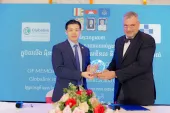
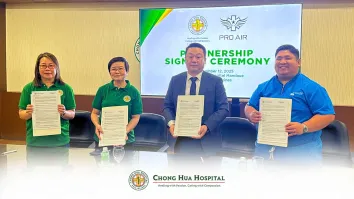
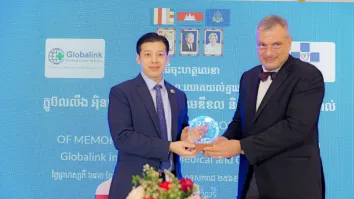
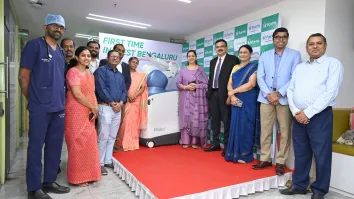




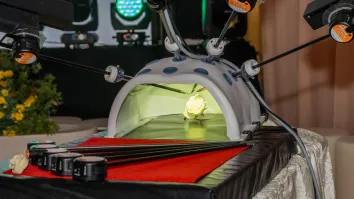
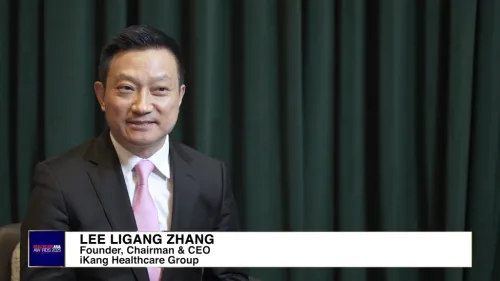
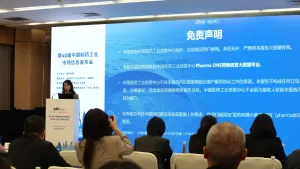
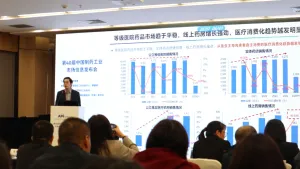
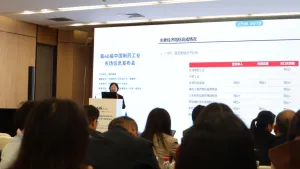
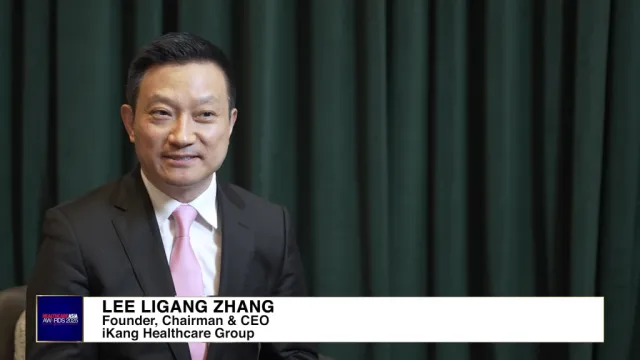


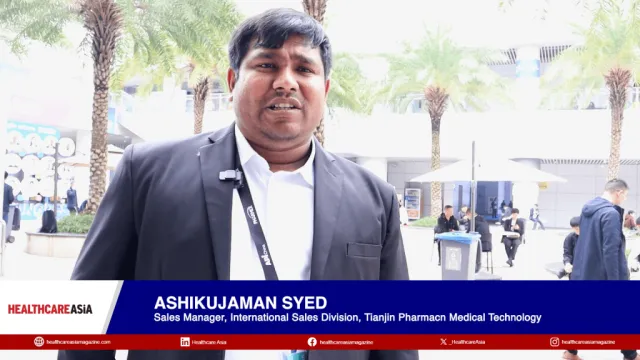
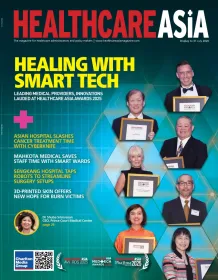
 Advertise
Advertise






